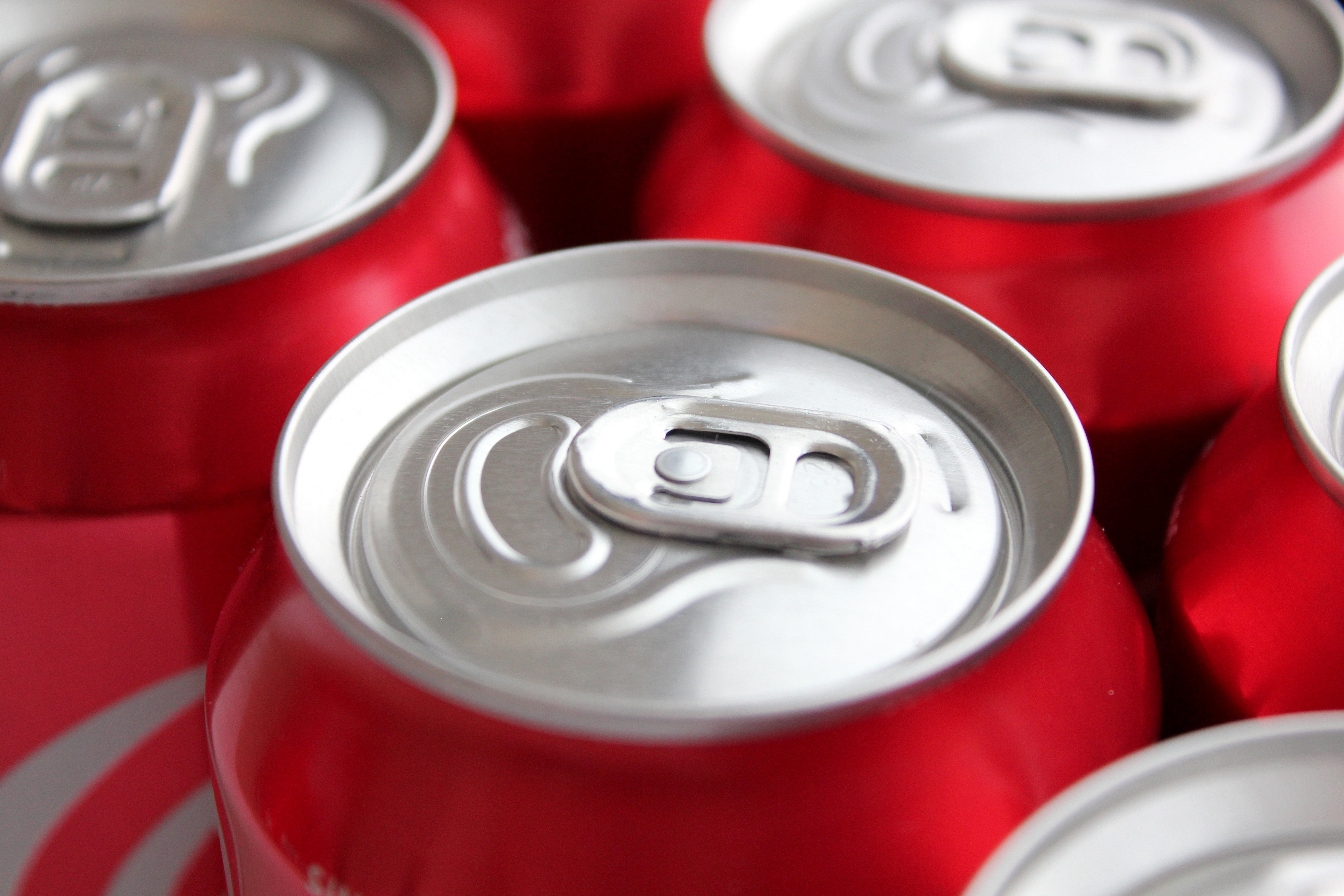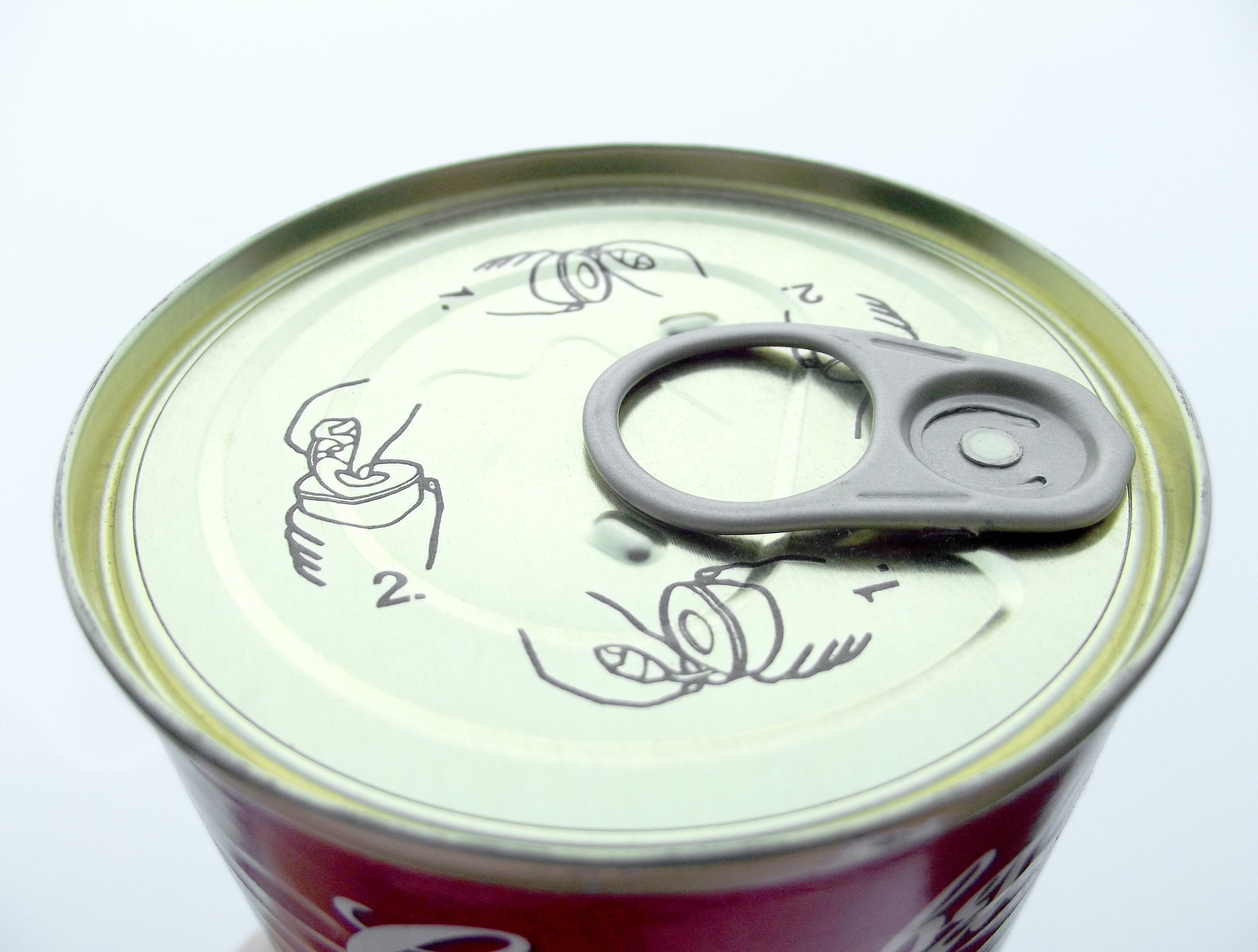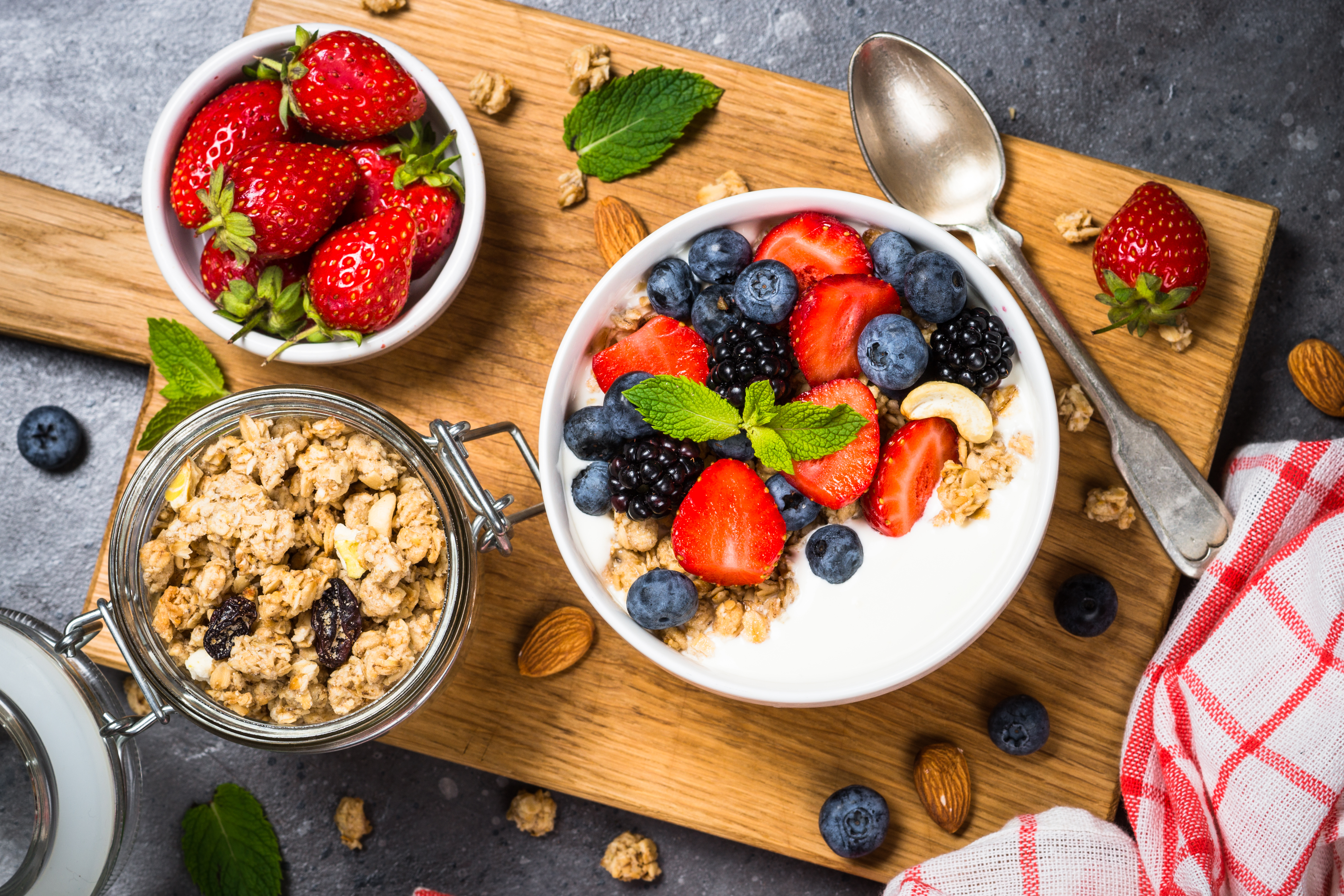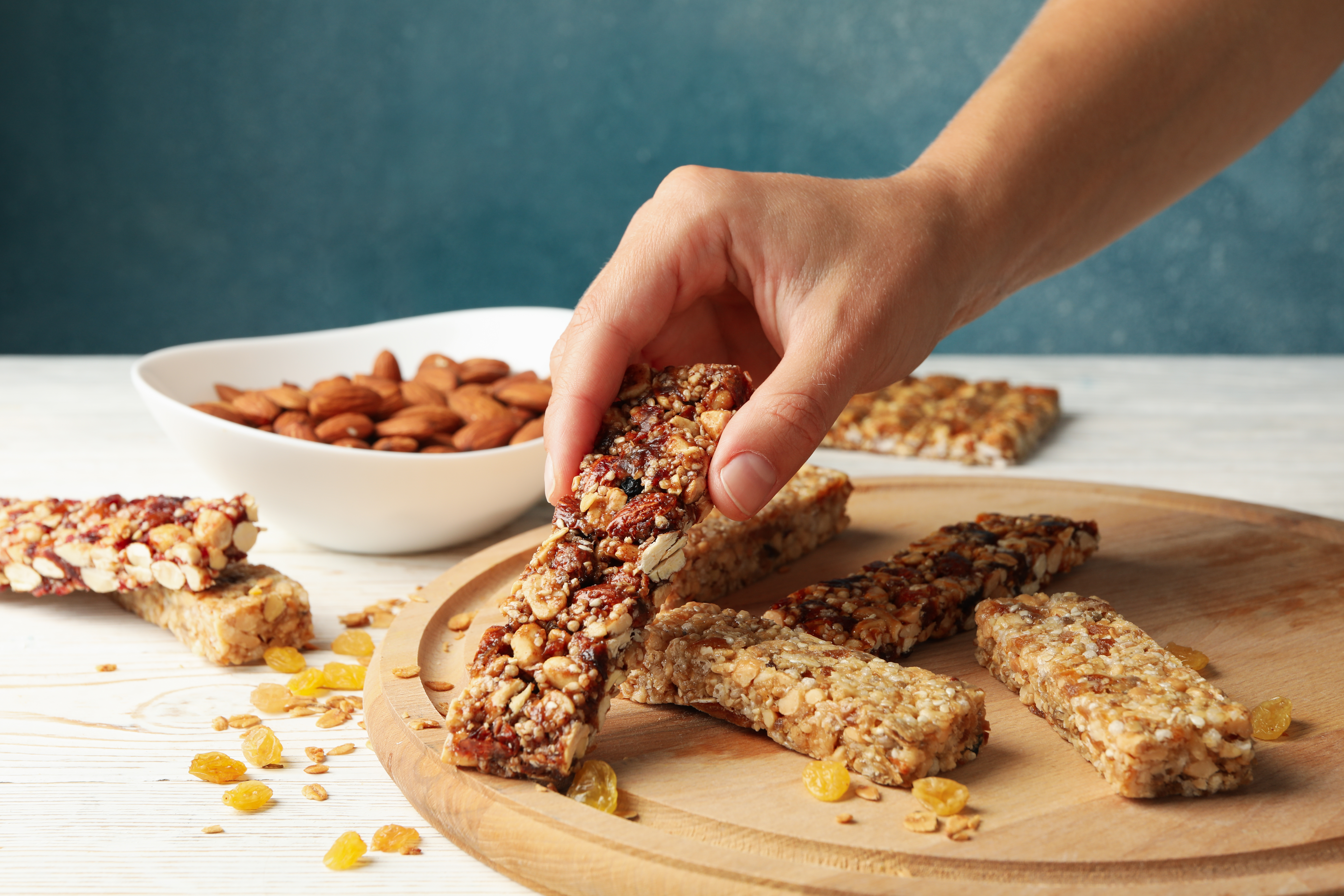What Nutritionists Never Eat for Lunch
In the quest for optimal health, nutritionists emphasize the importance of a balanced diet, which includes making informed choices about what we eat for lunch. Lunch is a pivotal meal that can either fuel the rest of the day or lead to sluggishness and nutrient imbalance. Nutritionists often steer clear of certain foods that, while popular, can disrupt this balance. This article delves into 10 specific lunch choices that experts avoid to maintain a harmonious blend of nutrients, ensuring their meals are both delicious and beneficial. By understanding these choices, you too can enhance your lunch habits and contribute positively to your overall well-being.
1. Processed Meats: The Hidden Health Risks

Processed meats, such as deli slices, sausages, and bacon, are often staples in quick lunch options like sandwiches and salads. However, nutritionists avoid these due to their high sodium content and the presence of preservatives like nitrates and nitrites, which have been linked to increased cancer risk. Moreover, these meats can contribute to cardiovascular diseases and hypertension. Instead, experts recommend opting for lean, unprocessed proteins such as grilled chicken, turkey, or plant-based alternatives like chickpeas and lentils, which provide essential nutrients without the added health risks.
2. Sugary Drinks: The Empty Calorie Trap

Though often paired with lunch, sugary drinks like sodas and sweetened teas are a major source of empty calories that offer no nutritional benefit. These beverages can cause a spike in blood sugar levels, leading to energy crashes and increased hunger shortly after consumption. Nutritionists suggest replacing these drinks with water, herbal teas, or infused water with slices of fruit for a refreshing and hydrating option. Not only do these alternatives support better hydration, but they also help maintain stable energy levels throughout the day, allowing for more productive afternoons.
3. White Bread: The Refined Carbohydrate Culprit

White bread, a common component of sandwiches and wraps, is often shunned by nutritionists due to its refined carbohydrate content. These refined grains have been stripped of fiber and essential nutrients, leading to rapid digestion and a quick rise in blood sugar levels. This can result in a lack of satiety and increased cravings. Whole grain or whole wheat alternatives are preferred, as they contain fiber, vitamins, and minerals that promote better digestion and sustained energy. By choosing whole grains, you support heart health and maintain a balanced blood sugar level.
4. Pre-Packaged Salads: The Deceptive Health Halo

Pre-packaged salads may seem like a healthy choice, but they often contain hidden pitfalls such as high-calorie dressings, processed toppings, and excessive sodium. Nutritionists caution against these seemingly convenient options, as they can be loaded with unhealthy fats and sugars. Instead, preparing salads at home allows for control over ingredients and portion sizes. Opt for a variety of fresh vegetables, lean proteins, and homemade dressings to ensure a nutrient-dense meal that truly supports your health goals.
5. Fried Foods: The Fat and Calorie Overload

Fried foods, including popular lunch items like fries and fried chicken, are notorious for their high fat and calorie content. Nutritionists avoid these due to the unhealthy trans fats and oils used in the frying process, which can contribute to weight gain and increased cholesterol levels. Baking, grilling, or steaming are healthier cooking methods that preserve the nutritional integrity of foods. By choosing these alternatives, you can enjoy the flavors you love without compromising your health.
6. Instant Noodles: The Sodium Bomb

Instant noodles, a quick and easy lunch option, are often packed with sodium and lack essential nutrients. Nutritionists highlight the excessive salt content, which can lead to bloating, hypertension, and other health issues. For a more balanced meal, consider making a homemade version with whole grain noodles, fresh vegetables, and a low-sodium broth. This not only reduces the sodium intake but also adds fiber, vitamins, and minerals, making your lunch both satisfying and nourishing.
7. Store-Bought Smoothies: The Sugar Surprise

While smoothies are often marketed as a healthy choice, store-bought versions can be laden with added sugars and calories. Nutritionists prefer homemade smoothies, where they can control the ingredients and ensure a balance of fruits, vegetables, and protein. Including leafy greens, a source of healthy fats like avocado or nuts, and a protein boost from Greek yogurt or plant-based powders can transform a smoothie into a complete meal. This approach provides sustained energy and essential nutrients without the sugar crash.
8. Canned Soups: The Preservative Problem

Canned soups are convenient but often contain high levels of sodium and preservatives that nutritionists advise against. These additives can overshadow the potential benefits of a warm, comforting soup. Making soup from scratch allows for the inclusion of fresh vegetables, lean proteins, and herbs, offering a flavorful and nutritious alternative. By preparing your own soups, you can control the salt content and avoid preservatives, resulting in a wholesome meal that supports your health.
9. Low-Fat Yogurts: The Misleading Option

Low-fat yogurts are frequently chosen for their perceived health benefits, but they can be misleading due to added sugars used to enhance flavor. Nutritionists recommend opting for full-fat or Greek yogurts, which provide a richer source of protein and healthy fats, contributing to a feeling of fullness and satisfaction. Adding fresh fruits, nuts, or seeds can enhance the nutritional profile, creating a balanced meal that supports digestive health and provides lasting energy.
10. Granola Bars: The Hidden Sugar Source

Granola bars are often marketed as a healthy snack, yet they can contain high levels of added sugars and unhealthy fats. Nutritionists suggest making homemade bars or choosing those with minimal ingredients and no added sugars. Incorporating whole grains, nuts, and dried fruits can create a nutritious snack that complements your lunch and provides sustained energy. By being mindful of the ingredients, you can enjoy a convenient and healthful option that aligns with your dietary goals.
Crafting Healthier Lunch Habits

Understanding the pitfalls of these common lunch choices empowers you to make more informed decisions that support a balanced diet. By steering clear of processed meats, sugary drinks, and other nutrient-poor options, you can create lunches that are both delicious and nourishing. Embracing whole foods, preparing meals at home, and being mindful of ingredient choices are key strategies that nutritionists use to maintain their health. By adopting these practices, you too can enjoy lunches that enhance your energy, improve your well-being, and contribute to a healthier lifestyle.